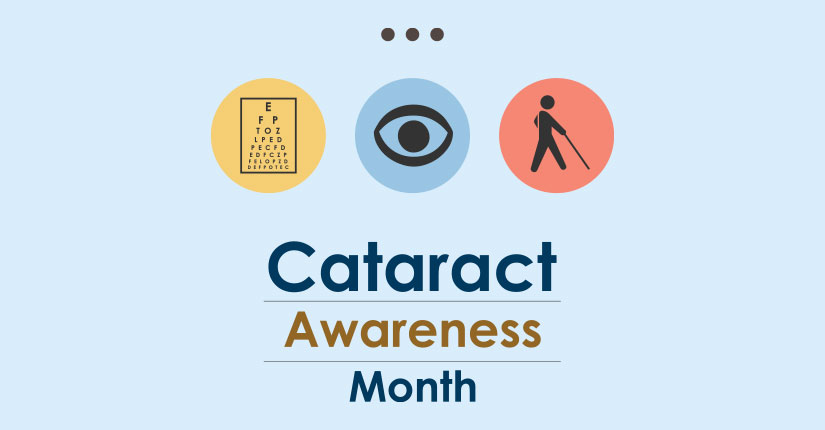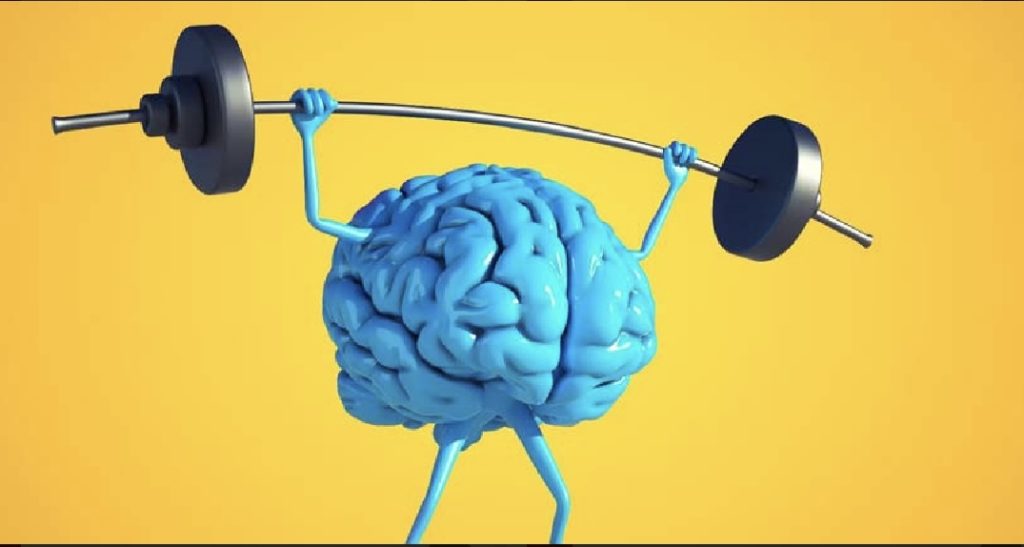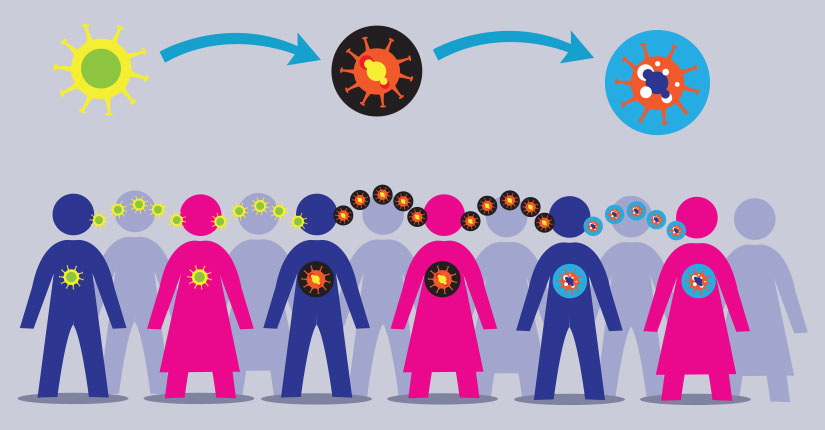Cataract: Types, Causes, and Risk factors
By Nmami Agarwal 07-Aug 2022 Reading Time: 3 Mins

Have a cloudy vision but not sure when will it be fixed? Then it might be a cataract. A cataract may seem like a usual vision disparity but it is more than that. The eye captures images and sends them to the retina for converting the light into signals. But cataracts can stop that from happening. It is when clumps of proteins are formed in the eye preventing the lens to send clear images and a cataract is formed. It is a dense and cloudy area formed in the eye, which is slowly developed and interferes with your vision.
Symptoms of cataracts can include blurry vision, low visibility at night, increased sensitivity, colors starting to fade, double vision in the affected eye, and frequent changes in glasses.
Cataracts can be classified on the basis of their origin and reason of origin, like nuclear cataracts that are developed in the middle while cortical cataracts are formed around the edges, and posterior capsular cataracts affect the back of the eye. Based on the reason for their development, cataracts can be congenital that are present from birth, secondary that are formed by diseases, traumatic that develop after an injury or trauma, and radiation cataracts that are formed when a person goes through radiation.
Causes of Cataract:
- Substance abuse, like smoking and alcohol
- Ultraviolet radiation
- Prolonged use of steroids
- Overproduction of oxidants in the body
- Diseases
- Radiations from therapy
- Trauma
Risk Factors of Cataract:
- Increasing age-
- Smoking
- Excessive alcohol
- High blood pressure
- Increased weight
- Eye injuries
- Genes
- Diseases like diabetes
- Sun exposure
- X-ray radiations
Prevention of ctaracts can include limiting alcohol and smoking, wearing sunglasses when out in the sun, managing weight, treating other health problems that are risk factors for this condition, checking family history and of course, going to regular eye check-ups. Limiting the exposure of X-ray can reduce the radiation and prevent cataracts. A good diet is also important which includes healthy fats like omega-3, vitamins C, and beta carotene.





















